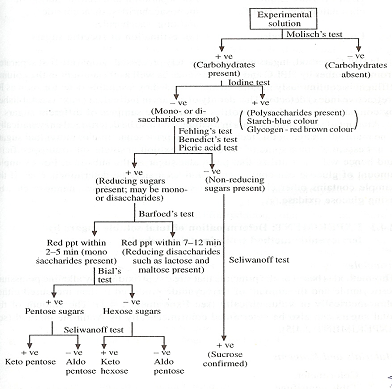Hydrolysis of fat with an alkali results in the formation of salts of fatty acids (also called soap) and glycerol. This process is called saponification. From the amount of potassium hydroxide utilized during hydrolysis, the saponification value of a given fat sample can be calculated. The saponification value is defined as mg of KOH required to saponify 1g of the given fat.
 image
image